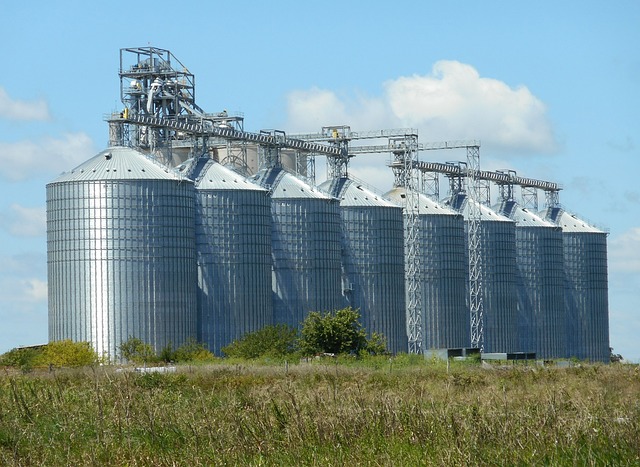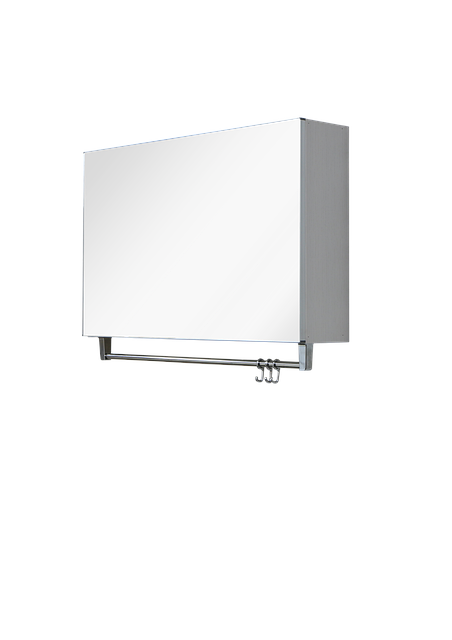The Silent Revolution: How Energy Storage is Transforming Power Management
The world is at the cusp of a significant transformation in energy management, with energy storage technologies leading the charge in what can only be described as a silent revolution. From electric vehicles to renewable energy systems, energy storage has emerged as a pivotal player in the global shift towards sustainable energy solutions. This article explores this transformative movement, focusing on the technologies involved, their applications, and the implications for power management systems across the globe.
The Emergence of Energy Storage Technologies
Energy storage is not a new concept; however, the advent of innovative technologies and materials has dramatically reshaped its landscape. Traditionally, energy management primarily involved production and consumption, often leading to a mismatch between energy supply and demand. The inefficient nature of this model became increasingly evident, particularly with the growing integration of intermittent renewable energy sources such as solar and wind. Thus, energy storage became crucial in bridging this gap.
At its core, energy storage allows for the capturing of energy produced at one time for use at a later time, effectively providing a buffer that can smooth out variability in energy supply. Various technologies, including lithium-ion batteries, flow batteries, flywheels, and pumped hydro storage, each come with their own set of advantages and applications.
The Role of Lithium-ion Batteries
Lithium-ion batteries have emerged as the dominant technology in energy storage for both consumer and industrial applications. Their high energy density, long cycle life, and relatively low self-discharge rates make them ideal for powering everything from smartphones to electric vehicles and large-scale energy storage systems. The rapid decrease in the cost of lithium-ion batteries in recent years has further catalyzed their adoption in various sectors.
The combination of increased efficiency with a declining cost curve has made lithium-ion technology the go-to choice for renewable energy integration. Energy storage systems using lithium-ion batteries can absorb excess energy generated during peak production periods and release it during times of high demand, thus ensuring a stable energy supply.
Beyond Batteries: Diverse Storage Technologies
While lithium-ion batteries dominate the market, several other innovative energy storage solutions are gaining traction. Flow batteries, for example, utilize two electrolyte solutions separated by a membrane. This design offers scalability and the ability to decouple power and energy capacity, providing a versatile solution for longer-duration energy storage needs.
Pumped hydro storage, one of the oldest and most widely utilized forms of energy storage, involves moving water between two reservoirs at different elevations. While it is geographically constrained, it plays a crucial role in balancing grid loads and stabilizing the energy supply in many regions.
Other promising technologies include compressed air energy storage (CAES), which uses excess electricity to compress air and store it in underground caverns, and thermal storage systems that capture heat generated from renewable sources to produce electricity later. Each of these technologies plays a vital role in broadening the range of energy storage solutions available, facilitating a more resilient energy grid.
The Impact on Renewable Energy Integration
One of the most significant implications of energy storage lies in its ability to support the integration of renewable energy sources into the power grid. Solar and wind facilities often produce energy intermittently, leading to challenges in grid management. The deployment of energy storage systems allows excess energy to be stored and released during periods of low generation, ensuring a steady supply of electricity regardless of the time of day or weather conditions.
As energy storage becomes more widespread, it creates a more flexible and reliable energy infrastructure, reducing reliance on fossil fuels and decreasing greenhouse gas emissions. Grid operators are increasingly viewing energy storage as a critical asset to balance supply and demand, improve stability, and enhance resilience in the face of climate change.
Smart Grids and Energy Management Systems
The development of smart grids further amplifies the benefits of energy storage. By leveraging advanced technologies, such as IoT devices and artificial intelligence, smart grids can optimize energy distribution and consumption, integrating energy storage seamlessly into the overall system. These technologies enable real-time monitoring and management of energy usage, empowering consumers to make informed decisions about their energy consumption and storage options.
In conjunction with smart grids, energy management systems (EMS) utilize algorithms and data analytics to optimize the use of energy storage on an unprecedented level. The result is an intelligent ecosystem where energy is produced, consumed, and stored in a manner that maximizes efficiency and minimizes costs.
Decentralization and Empowering Consumers
The shift towards decentralized energy systems is another crucial aspect of the silent revolution. With the advent of residential energy storage solutions, individuals and businesses can generate, store, and utilize their own energy. This capability not only enhances energy independence but also allows consumers to actively participate in the energy market.
Homeowners with solar panels and energy storage systems can store excess energy generated during the day for use at night, effectively reducing their reliance on the grid and lowering energy costs. Moreover, advancements in peer-to-peer energy trading platforms enable consumers to buy and sell energy directly, fostering a more democratized energy ecosystem.
Challenges and Future Directions
Despite the transformative potential of energy storage, several challenges remain. Infrastructure upgrades, regulatory hurdles, and the need for standardization can slow down widespread adoption. Moreover, the environmental impact of manufacturing batteries and the sourcing of raw materials necessitate a careful approach to sustainability in energy storage deployment.
To address these challenges, ongoing research and development will be crucial. Innovations in battery chemistry, such as solid-state batteries, promise to enhance safety, density, and sustainability. Furthermore, emerging technologies, including recycling methods for used batteries, will play a vital role in reducing the environmental footprint of energy storage systems.
The Road Ahead
The silent revolution of energy storage is well underway, reshaping power management as we know it. As technologies continue to advance and costs decline, energy storage will likely become an integral part of the global energy landscape. Its implications for renewable energy integration, grid stability, and consumer empowerment are profound and far-reaching.
In the coming years, we can expect energy storage to play a crucial role in our transition towards a sustainable, low-carbon future, helping to build a resilient energy system that meets the demands of a changing world. As we embrace this silent revolution, one thing is certain: the future of power management will be powered by energy storage.










